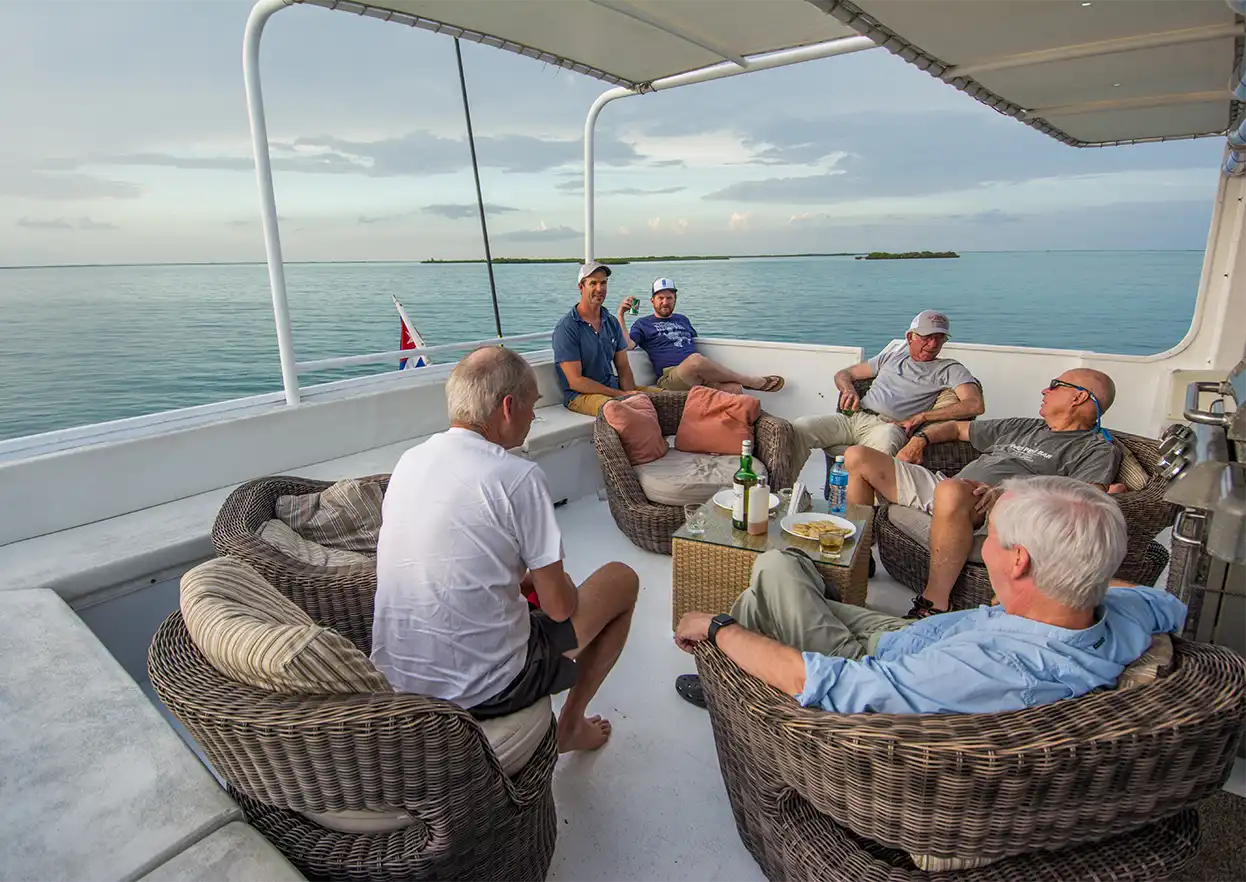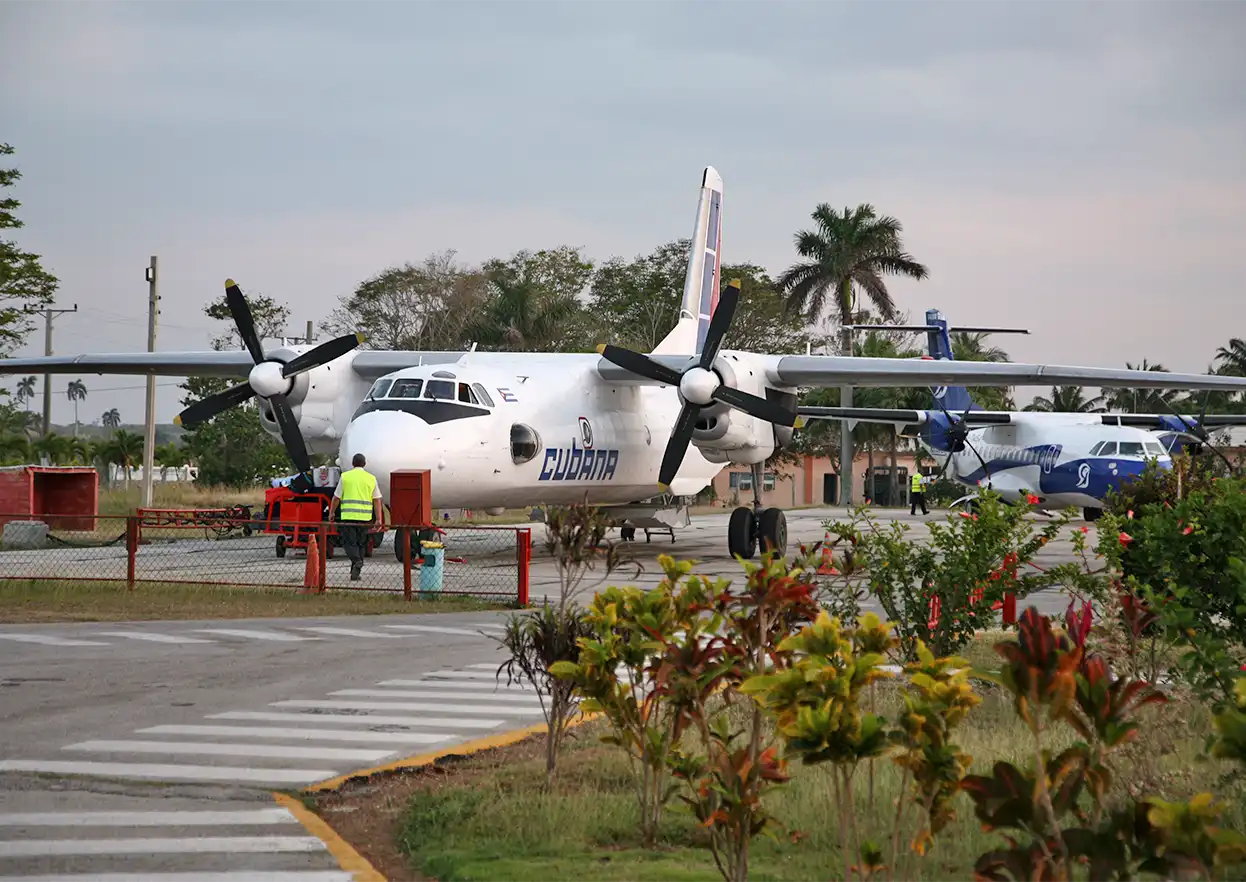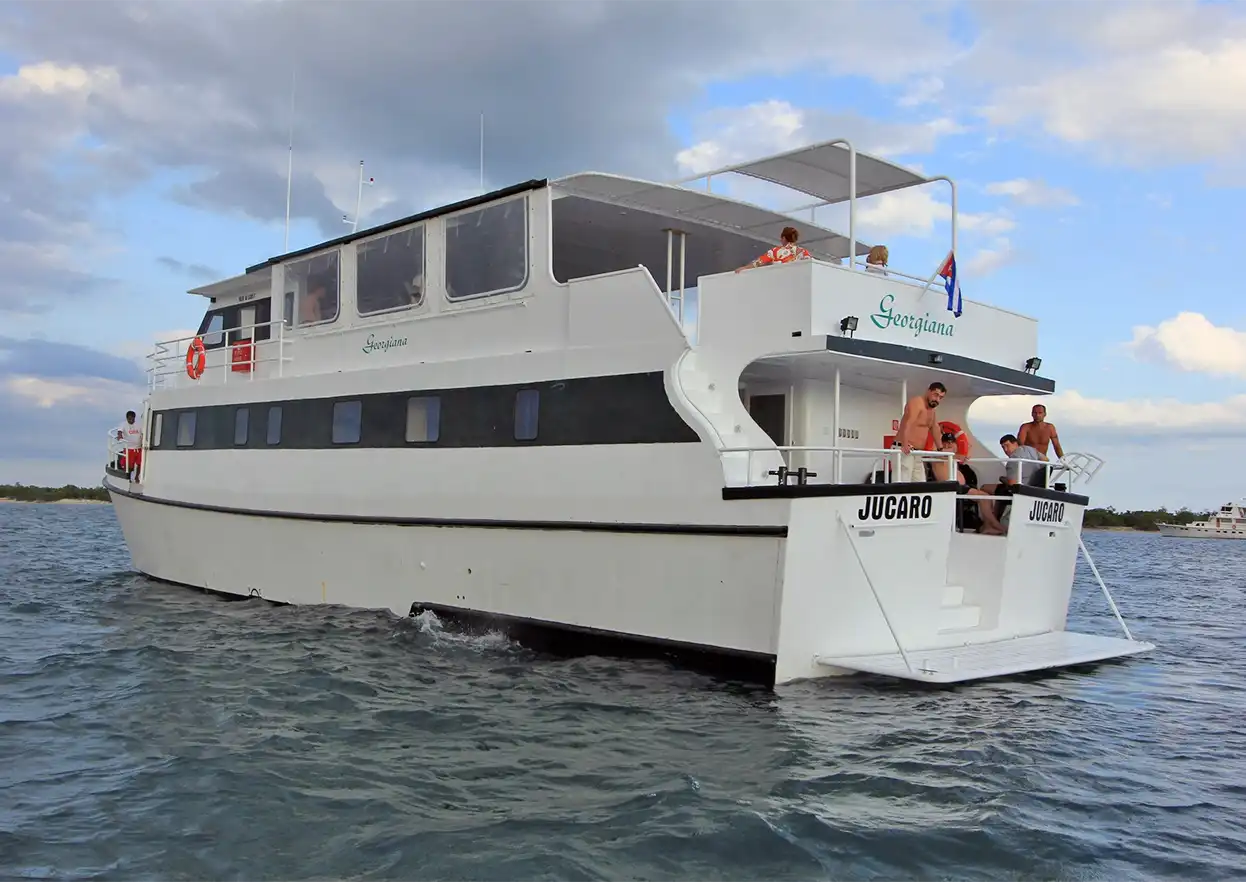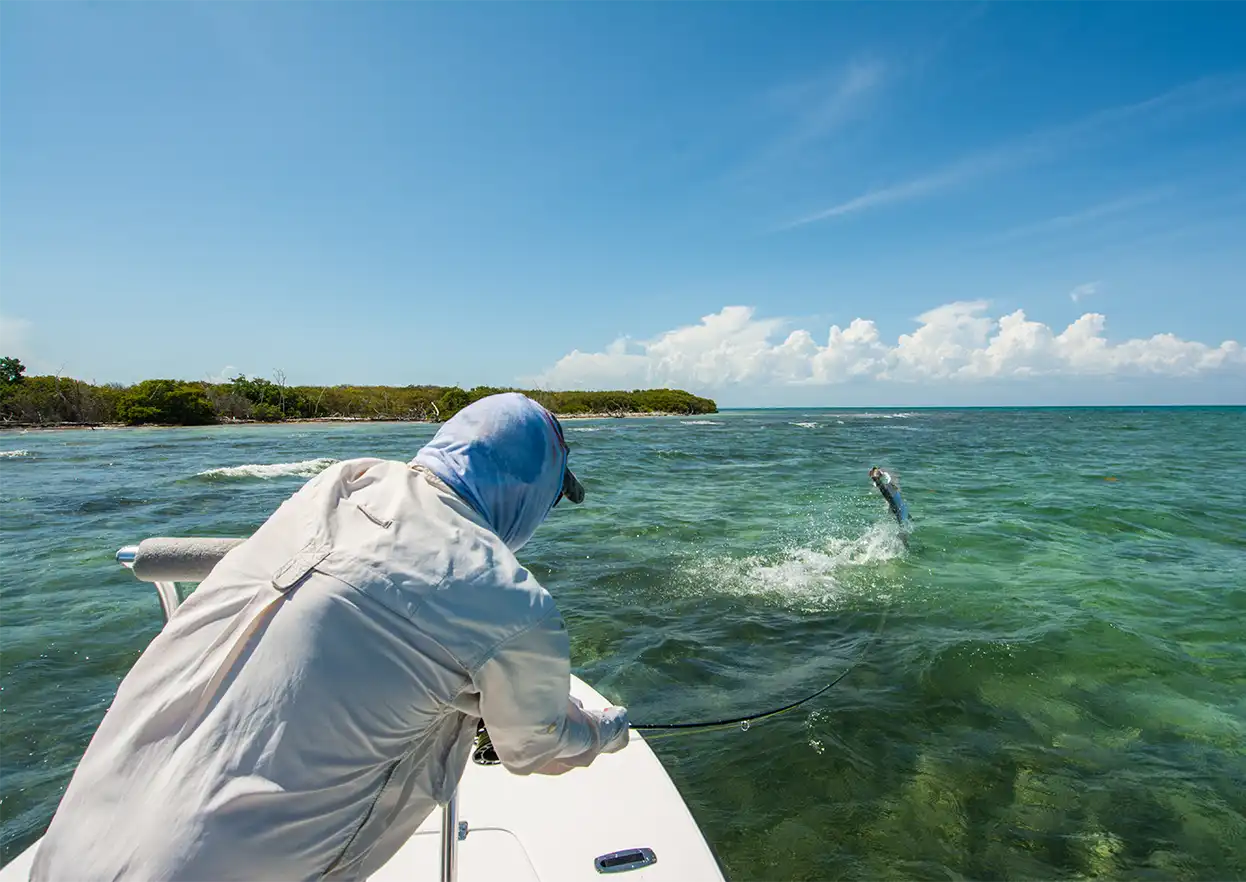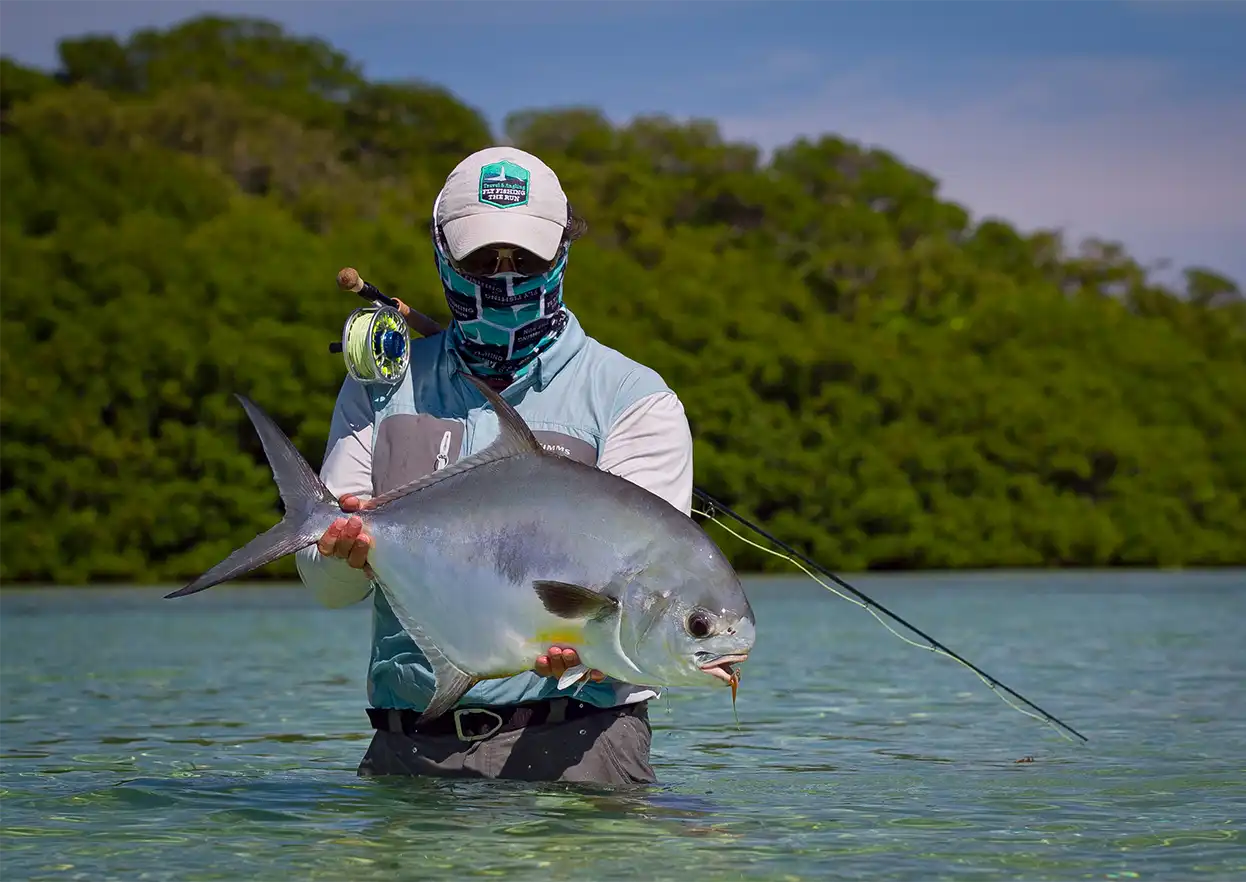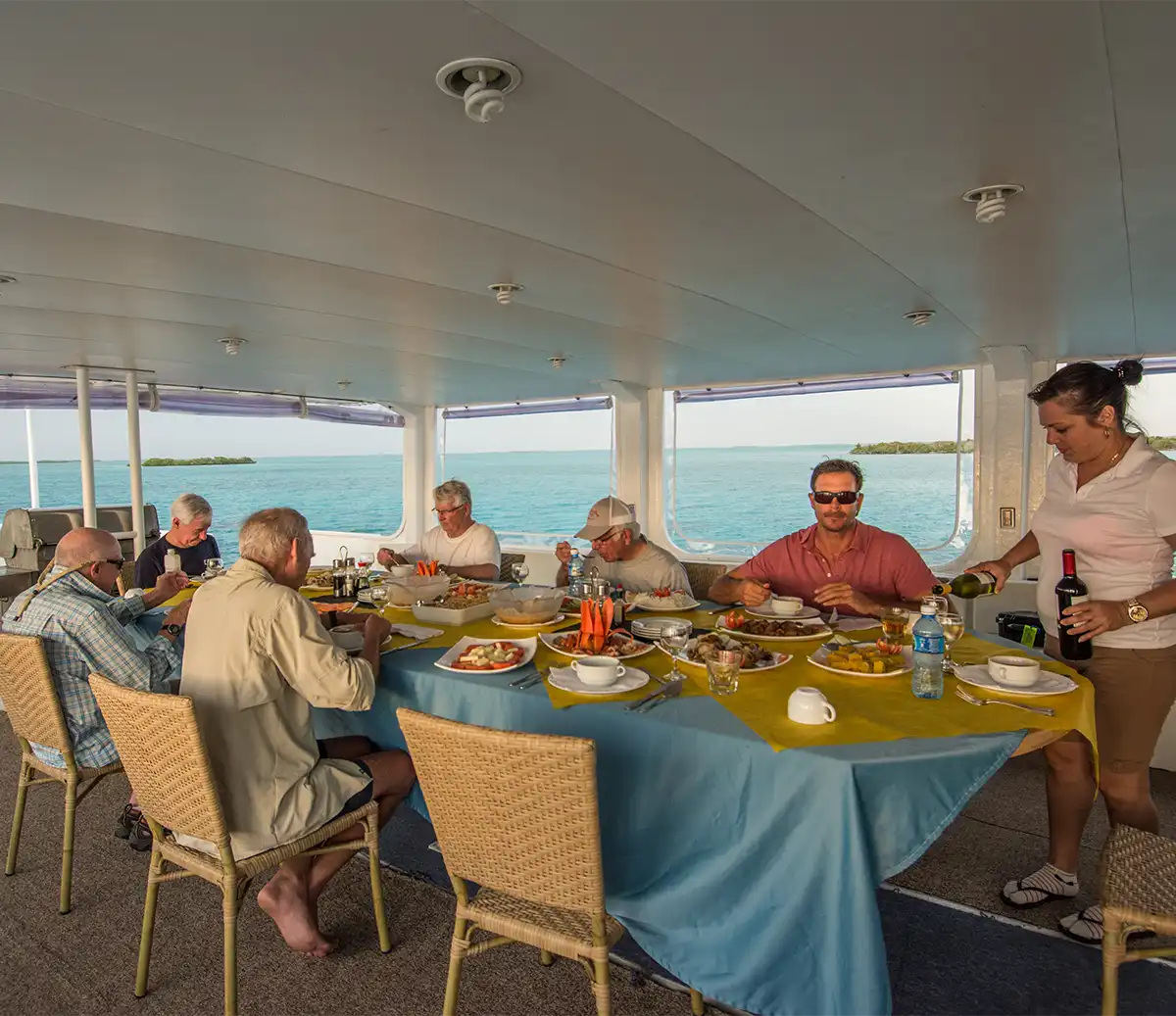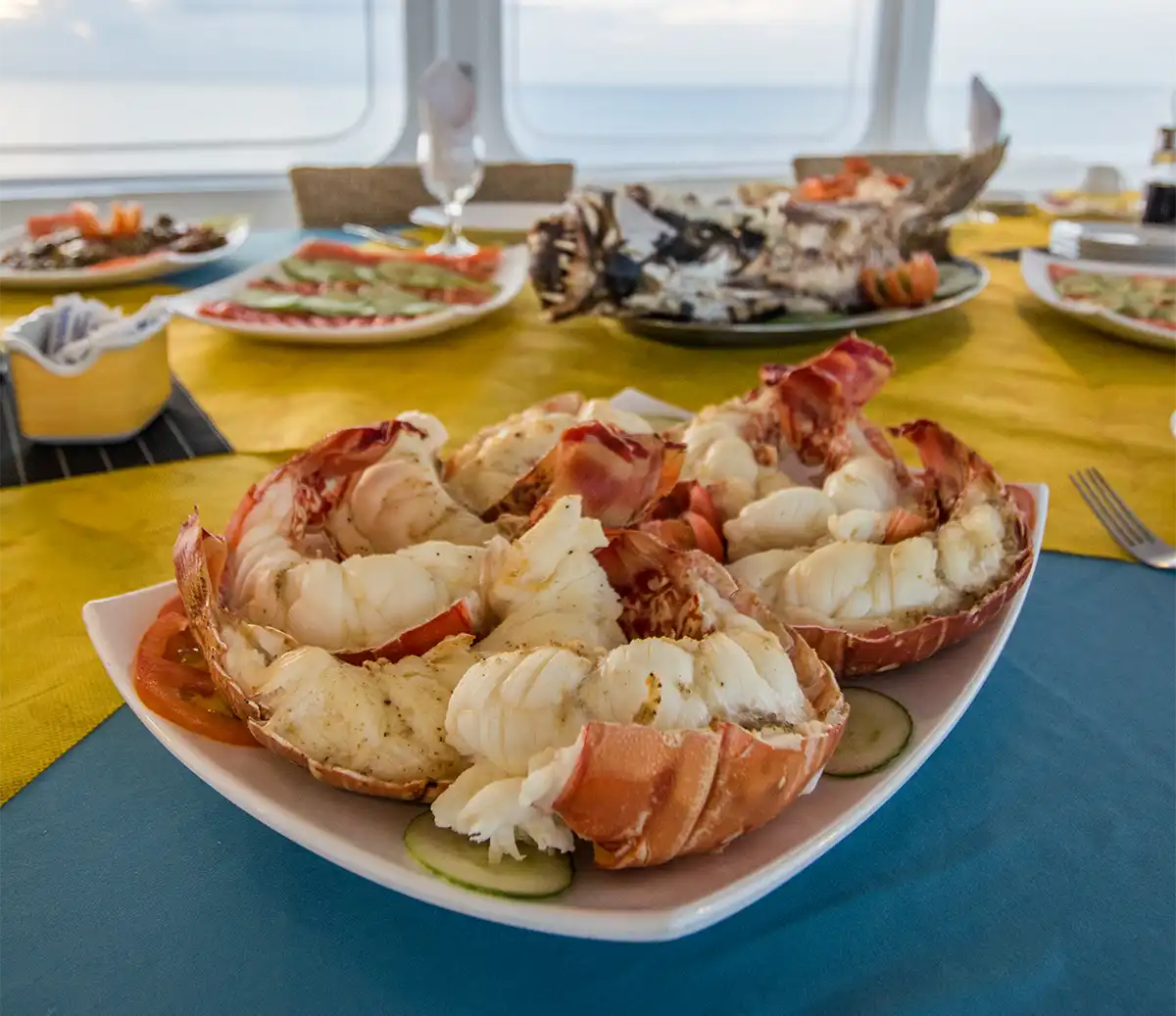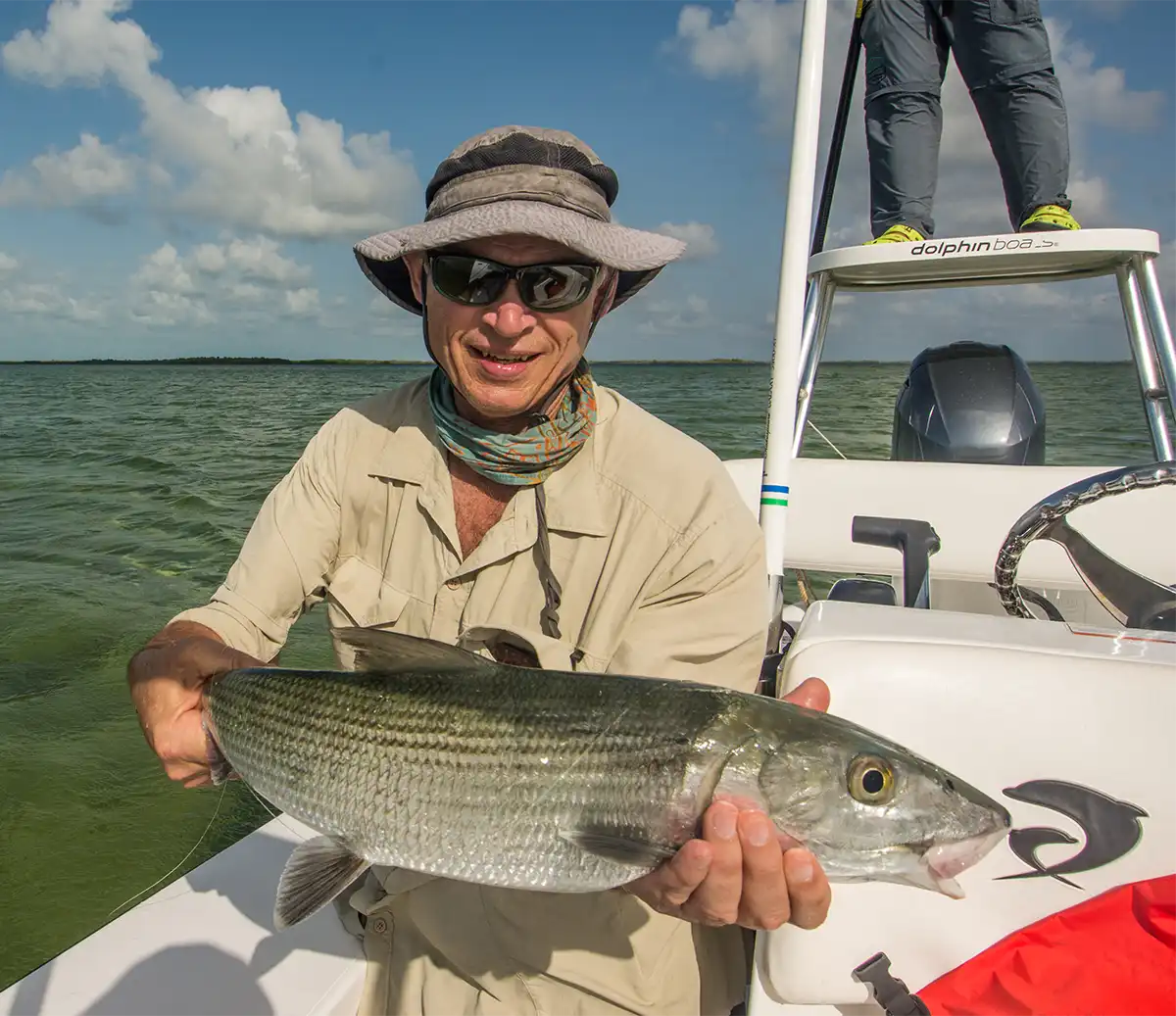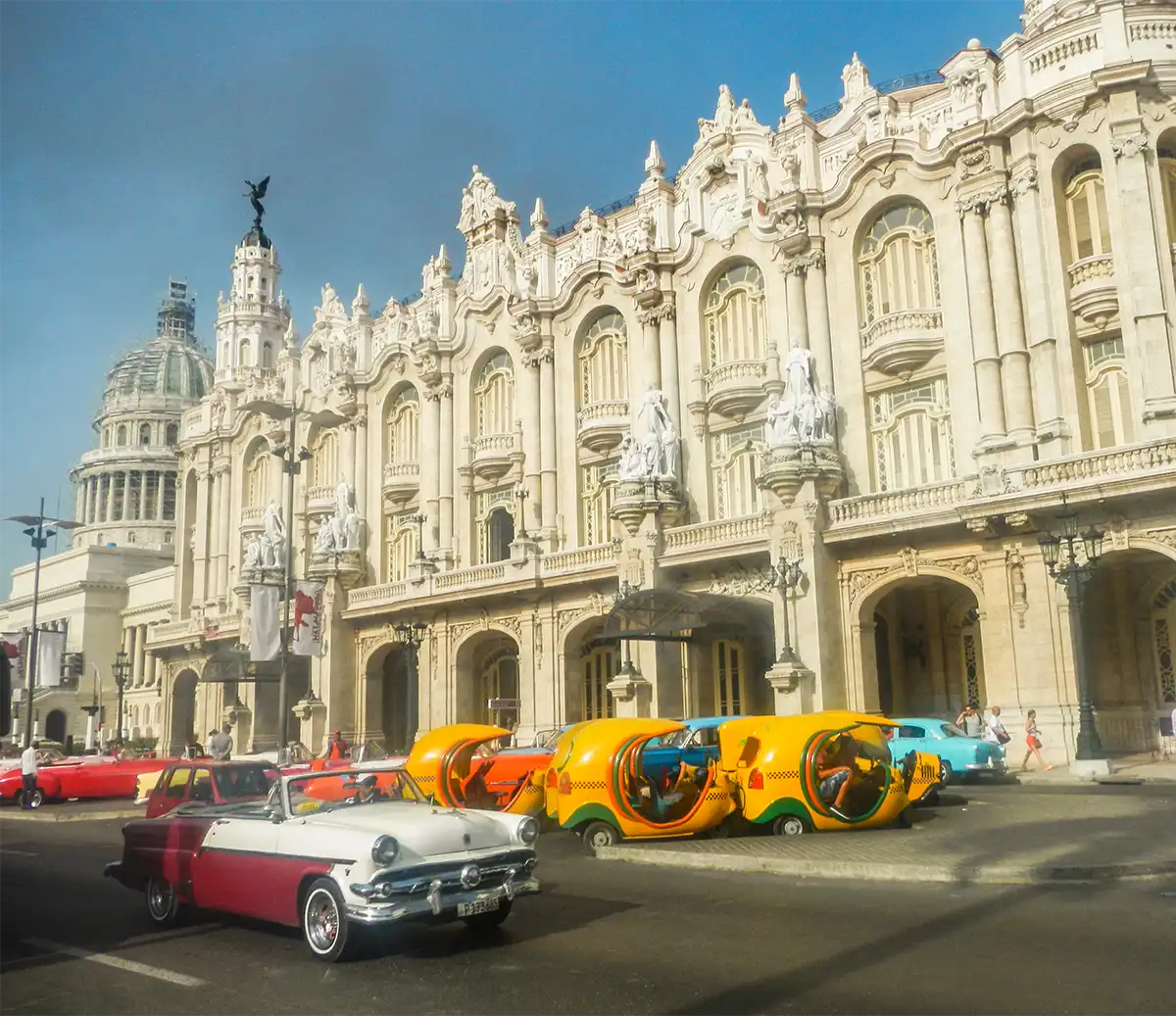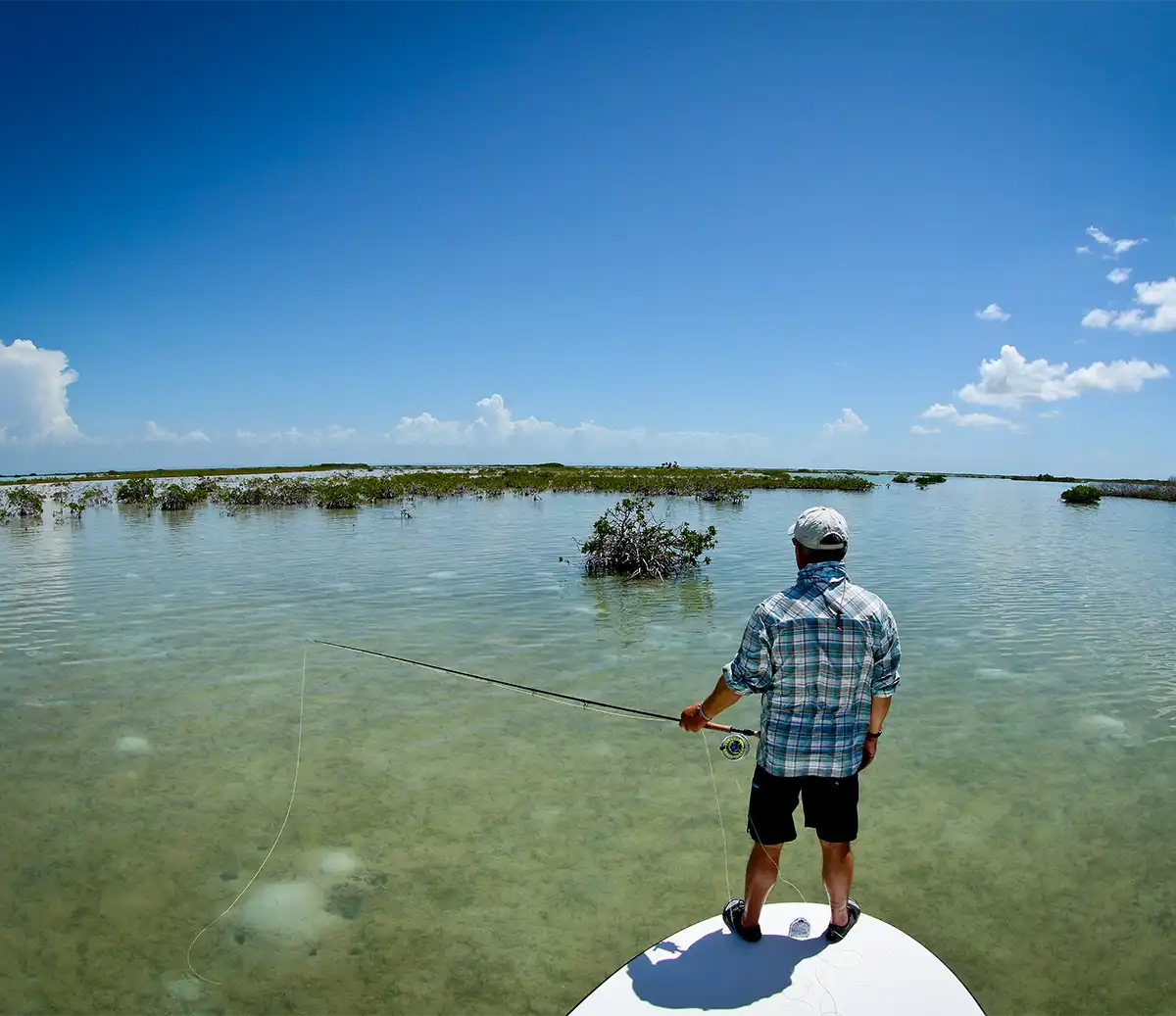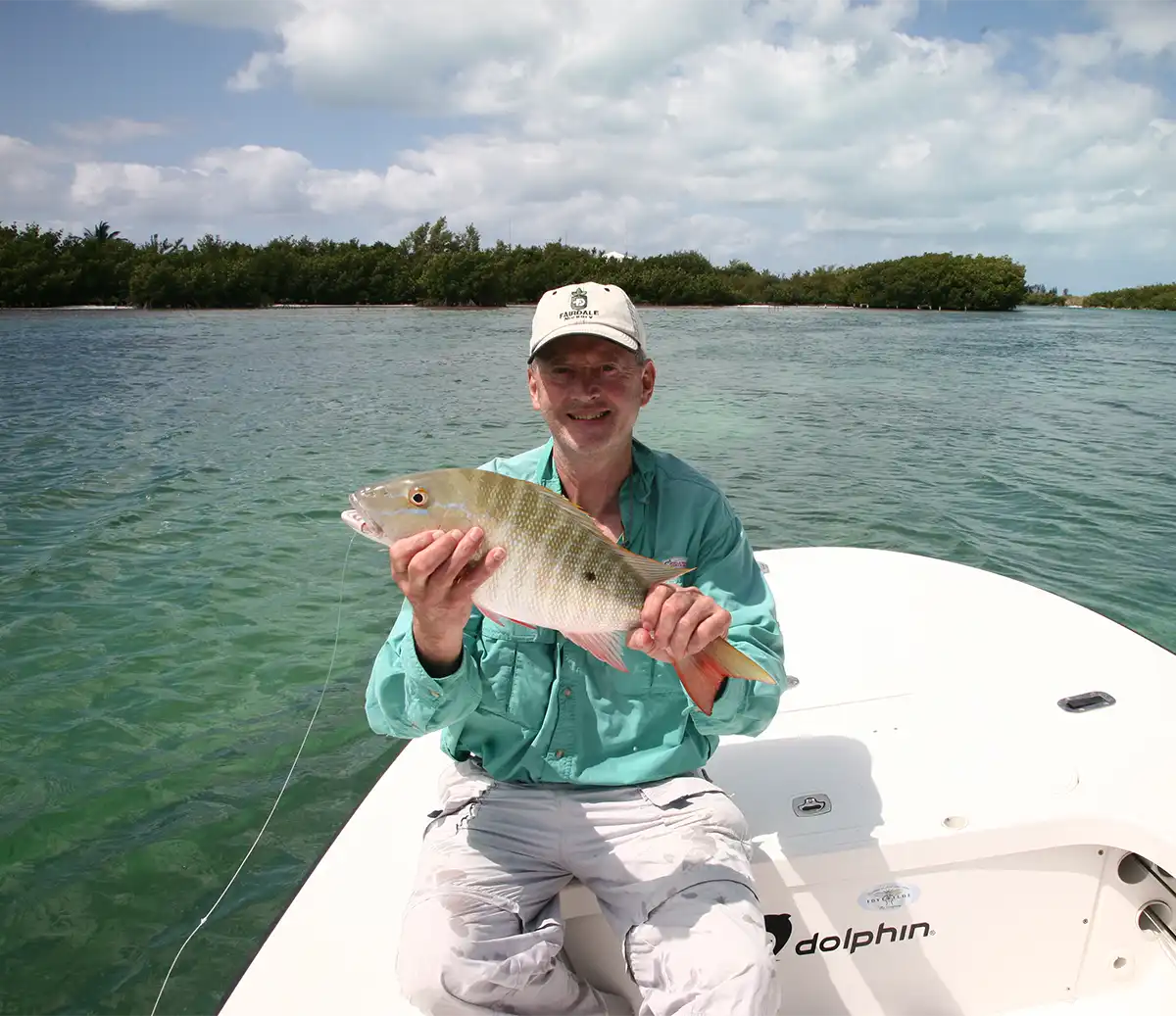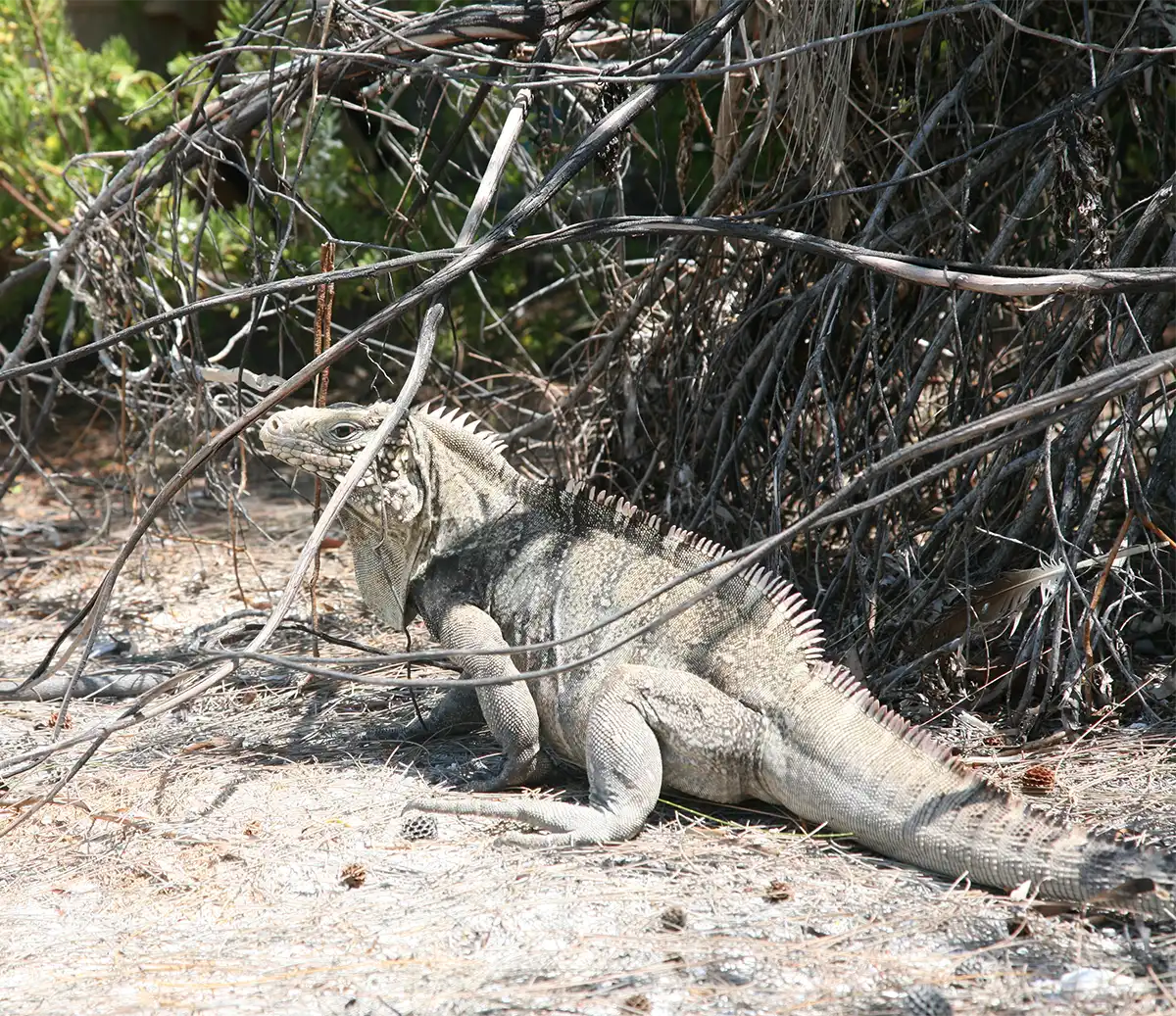Years ago the people of Cuba’s Zapata Swamp used the only resources they had to eke out a subsistence living – logging hardwoods, making charcoal, and hunting for crocodiles and deer. But all that changed when in 2000, UNESCO (United Nations Educational, Scientific and Cultural Organization) declared the wetlands which occupy the entire Zapata Peninsula and surrounding area a biosphere reserve. A year later, the Ramsar Convention included it on its list of wetlands of international importance. The Ciénaga de Zapata, in the province of Matanzas, is the best-preserved wetlands system in the entire Caribbean. Additionally, in an effort to strengthen the protection of the wetlands, the Cuban government made a submission to UNESCO in 2003 that the Ciénaga de Zapata be declared a World Heritage Site.
Just 9,300 people live in the 4,322-sq-km Ciénaga de Zapata, the most sparsely populated municipality in a country of 11.2 million people. The area’s wealth lies in its vast forests and wetlands that cover just under 6,500 square miles of wilderness and supports an amazing 175 species of birds, 31 species of reptiles and over 1000 species of invertebrates. This place is special, and a real jewel in Cuba’s ecological crown.
As a final addition to the protections for this amazing natural ecosystem, a huge area (60 miles long by 20 miles wide) was set aside in 2015 as the San Lazaro Bioshpere Reserve, prohibiting commercial fishing and ensuring the habitat and fisheries would be protected and enhanced for years to come. Within the entire West Salinas portion of this vast preserve, Fly Fishing the Run has the only legal permission to fish a total of 6 boats, based exclusively on catch and release fly fishing for bonefish, tarpon, permit, and snook.
What does all this mean to a bunch of saltwater fly fishers looking for the next great flats fishing spot? All (100%) of the shallow flats, back bays, creeks, cuts and cays surrounding this massive and internationally protected wilderness will be your exclusive fishing grounds for the week. No more than eight anglers will share access to thousands of miles of remote, coastal mangrove-lined shores and creeks that support very healthy populations of juvenile tarpon. Further out from the coastal zone, anglers will find massive flats that bonefish and permit inhabit and feed on through various tide cycles throughout the day.
And since the commercial fishing only ceased a few years ago, the fish populations are already rebounding and the fishing will only continue to improve year after year.
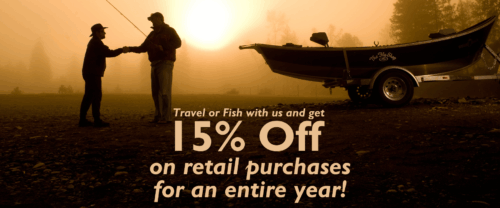
Headed out on your next adventure with us? The Fly ShopⓇ has you covered. As a thank you to our travel guests, enjoy 15% off all retail purchases for a year! — the perfect chance to gear up before your trip.
Whether it’s flies, leaders, apparel or a new rod and reel outfit, we’ve got everything you need to make your journey more comfortable, more successful, and more fun. (some exclusions apply)



